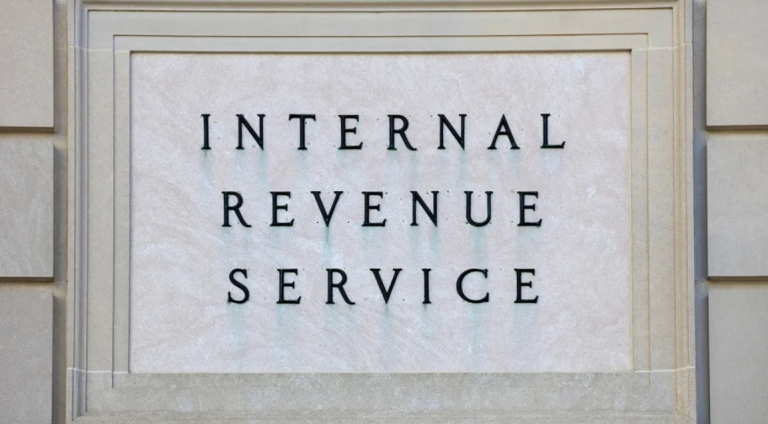Bank-loan funds, also known as floating-rate or leveraged loan funds, occupy a unique and often underappreciated space within the world of fixed-income investments. These funds have garnered attention as interest rates remain low, offering a potential sweet spot for investors seeking income and some degree of protection against interest rate hikes. In this article, we will explore what bank-loan funds are, their appeal, how they work, and how investors can take advantage of this sweet spot in the fixed-income landscape.
Understanding Bank-Loan Funds
Bank-loan funds are mutual funds or exchange-traded funds (ETFs) that primarily invest in a portfolio of floating-rate bank loans. These loans are typically extended to companies with below-investment-grade credit ratings. The distinctive feature of bank-loan funds is that the interest rates on these loans reset periodically, often quarterly, and are tied to a benchmark, such as the London Interbank Offered Rate (LIBOR). This means that as interest rates rise, the income generated by these funds tends to increase as well.
The Appeal of Bank-Loan Funds
Income Potential: Bank-loan funds offer the allure of higher yields compared to traditional fixed-income options like government or corporate bonds. Their floating-rate nature allows them to adapt to rising interest rates, offering investors the potential for increased income.
Low Interest Rate Risk: These funds are less vulnerable to interest rate risk compared to traditional fixed-income investments. As rates rise, bank-loan funds can adjust, potentially shielding investors from the negative impact on bond prices.
Diversification: Bank-loan funds often hold a diversified portfolio of loans from various companies and industries. This diversification can help spread risk and reduce the impact of individual loan defaults.
How Bank-Loan Funds Work
Interest Rate Reset: The interest rates on bank loans typically reset every three months. This means that as benchmark rates, such as LIBOR, change, the interest payments on the loans also adjust. This interest rate flexibility benefits investors when rates rise.
Income Distribution: Bank-loan funds distribute interest income to their investors on a regular basis, often monthly or quarterly. This income can be an attractive feature for retirees or income-seeking investors.
Credit Risk: It’s important to note that bank loans are typically extended to companies with below-investment-grade credit ratings. This means that they carry higher credit risk. While the loans are senior in the capital structure, investors should be aware of the potential for defaults.
Strategies for Investing in Bank-Loan Funds
Diversification: Consider bank-loan funds as part of a diversified fixed-income portfolio. By combining various fixed-income assets, you can spread risk and align your investments with your risk tolerance.
Interest Rate Outlook: Keep an eye on the interest rate environment. While bank-loan funds have interest rate flexibility, it’s still essential to consider the broader economic context.
Credit Research: Carefully research the credit quality of the loans held within the fund. Look for funds managed by professionals with experience in assessing credit risk.
Consider Actively Managed Funds: Active management can be valuable in the bank-loan fund space. Skilled portfolio managers can make timely decisions on which loans to buy or sell based on changing market conditions.
Risk Tolerance: Assess your risk tolerance before investing in bank-loan funds. While they offer the potential for higher income, they also come with credit risk. Make sure your risk profile aligns with the fund’s characteristics.
Bank-loan funds present a unique opportunity for income-seeking investors, especially in an environment where interest rates remain low and the potential for rate hikes is on the horizon. These funds offer the dual benefit of higher yields and some protection against interest rate risk, making them an appealing option for diversifying a fixed-income portfolio.
However, investors should be mindful of the credit risk associated with bank-loan funds, as they often invest in loans issued by companies with below-investment-grade credit ratings. Careful due diligence, diversification, and an understanding of the economic landscape are essential components of successful bank-loan fund investing. By taking these factors into account, investors can navigate the sweet spot that bank-loan funds offer in the world of fixed income.



























